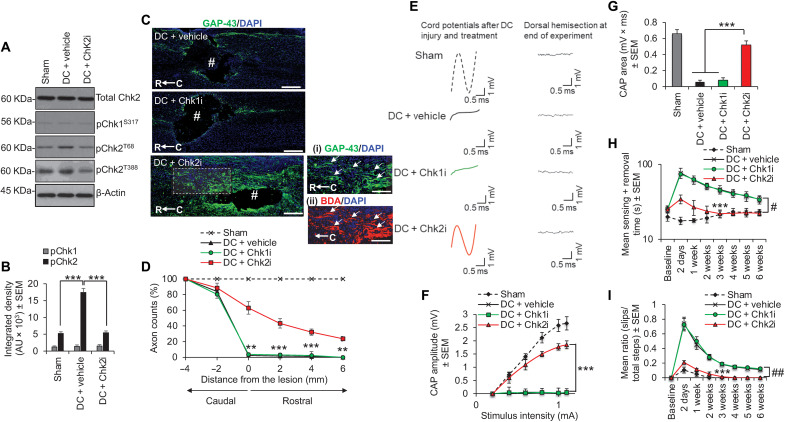Fig. 4. Inhibition of Chk2 promotes DC axon regeneration in vivo.
(A) Western blot and (B) densitometry to show that Chk2i significantly suppresses pChk2T68 and pChk2T383 levels after DC injury without affecting pChk1 levels. (C) Many GAP43+ axons [green (DAPI+ nuclei = blue)] were observed in DC + Chk2i regenerating through the lesion site and into the rostral cord (boxed region = high power view of GAP43+ axons in the rostral cord) despite the presence of a large cavity (#), while few GAP43+ axons were present beyond the lesion site in DC + vehicle– and DC + Chk1i–treated spinal cords. GAP43 staining [C (i)] was confirmed with biotynilated dextran amine (BDA) tracing of the same axons [C (ii)]. (D) Quantification of the number of GAP43+ axons at distances caudal and rostral to the lesion site showing significant proportions of axons regenerating up to 6 mm beyond the lesion epicenter. Scale bars in (C), 200 μm. **P = 0.0012 and ***P = 0.0001, ANOVA with Dunnett’s post hoc test. n = 6 nerves per treatment, three independent repeats (total, n = 18 nerves per treatment). (E) Spike 2 software–processed CAP traces from representative sham controls, DC + vehicle–, DC + Chk1i–, and DC + Chk2i–treated rats at 6 weeks after DC injury and treatment. Dorsal hemisection at the end of recording ablated all CAP traces. (F) Negative CAP amplitudes and (G) CAP area at different stimulation intensities were both significantly attenuated in DC + vehicle– and DC + Chk1i–treated rats but were restored in DC + Chk2i–treated rats [P = 0.0001, one-way ANOVA with Dunnett’s post hoc test (main effect)]. (H) Mean tape sensing/removal times and (I) mean error ratio to show the number of slips versus total steps are both restored to normal 3 weeks after treatment with Chk2i [***P = 0.0001, independent sample t test (DC + vehicle versus DC + Chk2i at 3 weeks)], while a significant deficit remains in DC + vehicle– and DC + Chk1i–treated rats (#P = 0.00014, generalized linear mixed models; ##P = 0.00011, linear mixed models over the whole 6 weeks). n = 6 rats per treatment, three independent repeats (total, n = 18 rats per treatment).

